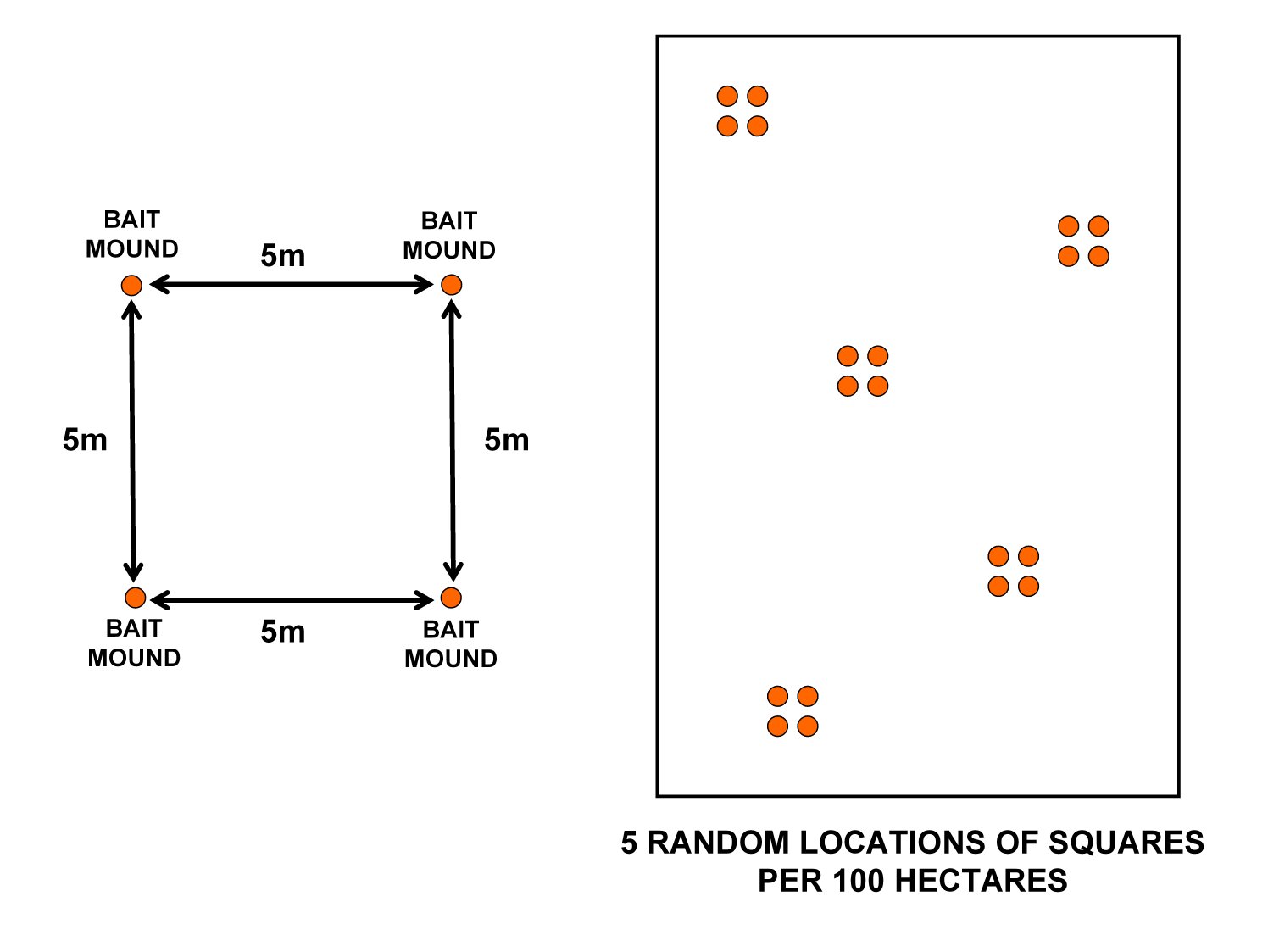Soil insects

False wireworm adult and larva
© D. Ironside, Queensland Government

Wingless cockroach damage to seedling
© Queensland Government
A number of species of soil-dwelling insect pests can seriously reduce plant establishment and populations, and subsequent yield potential.
Common names
Common soil insect pests in field crops include:
Other soil insects that may be present but don't damage crops in northern regions include:
- centipedes—long, many-segmented animals with legs all along the body. They have long feelers and tail appendages, and can move very quickly
- millipedes—long, cylindrical, segmented body with an extremely high number of legs. They have short feelers, no tail appendages and move more slowly than centipedes. When disturbed, they coil up into a spiral
- isopods (woodlice or slaters)—small grey animals up to 7–10mm long with long feelers and 8 pairs of legs. They are usually found in groups under trash and in cracks in the soil
- earthworms—true soil animals, unlike centipedes, millipedes and isopods, which live on or near the soil surface. Earthworms are valuable in improving soil texture
- ants—live in colonies which are mostly underground. The wingless workers gather food, particularly pasture seeds when available, for the colony.
Factors influencing presence and numbers
Soil pest presence varies with soil-type, season, crop rotations, and other management practices such as cultivation. Control thresholds are usually different for summer and winter crops.
- Weedy fallows and volunteer crops encourage soil insect build-up.
- Insect numbers decline during a clean, long fallow due to lack of food.
- Summer cereals followed by volunteer winter crops promote the build-up of earwigs and crickets.
- High stubble levels on the soil surface can increase numbers of some soil insects (food source) but can also mean that pests continue feeding on the stubble instead of on germinating crops.
- Zero tillage encourages beneficial predatory insects and earthworms.
- Incorporating stubble promotes black field earwig populations.
- False wireworms are found under all cultivation intensities but decline if stubble levels are very low.
Monitoring and thresholds
Normally, apply soil insect control measures at sowing. Since different insects require different control measures, you must identify any species present before planting.
Soil insects are often difficult to detect as they hide under trash or in the soil. Immature insects such as false wireworm larvae are usually found at the moist/dry soil interface.
Soil sampling by spade
- Take a number of spade samples from random locations across the field.
- Ensure samples are deep enough to include all the moist soil layer.
- Hand sort samples to determine type and number of soil insects.
Spade sampling is most useful for insects such as scarab larvae or symphyla, but is laborious, time consuming and difficult in heavy clay or wet soils.
Baiting
Bury baits to detect pests such as wireworm. Baiting can be done with germinating seed or other food sources attractive to soil pests (e.g. potatoes or flour). Place baits immediately after planting rain, and position as shown in Figure 1.
If using the germinating grain technique:
- Soak insecticide-free crop seed in water for at least 2 hours to initiate germination. If available, use seed of the same crop type you plan to plant in the field.
- Bury a dessertspoon full of soaked seed under 1cm of soil at each corner of a 5x5 metre square at 5 widely spaced sites per 100ha.
- Mark the position of the seed baits as high populations of soil insects can completely destroy the baits.
- 1 day after seedling emergence, completely dig up the baits and count the insects nearby.
Using germinating baits allows you to easily find the baits once germinated (unless they are eaten); however, a major disadvantage is the delay between placing and assessing the seed.

Further information
- Using germinating grain baits (video)—The Beatsheet